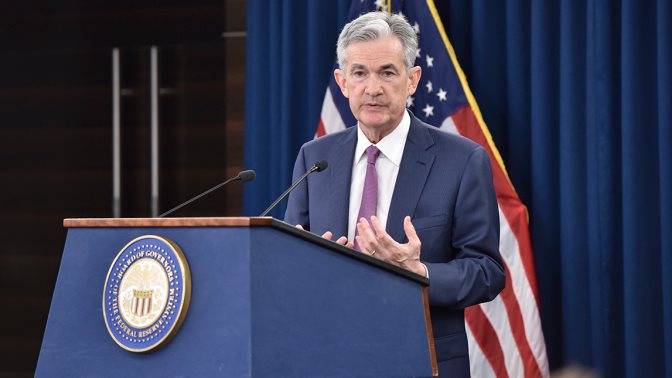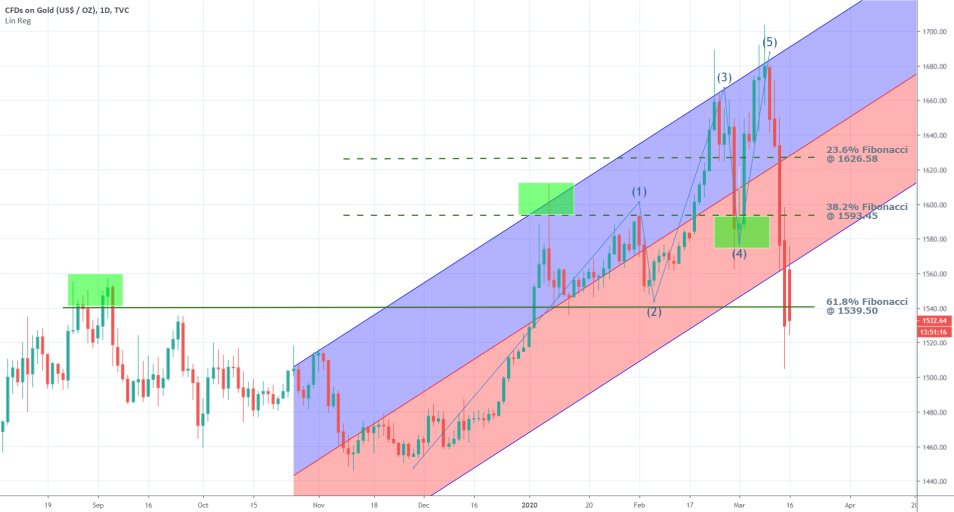
The FOMC of the Federal Reserve held yet another emergency meeting yesterday – the second such in March – on which it took the snap decision to cut the main interest rate and enhance its quantitative easing program. The decision is supported by the desire to negate the economic fallout from the coronavirus' global pandemic.
The Committee adopted this looser and more accommodative monetary policy stance three whole days ahead of schedule, which underscores the FED's concerns over the virus-related risks to growth and the need for decisive actions. The regular meeting was initially scheduled to take place this Wednesday.
The FOMC cut the federal funds rate by a percentage point from 1.25 per cent, which was the result of the earlier snap decision from the 3d of March, to 0.25 per cent. In doing so, the Committee agreed on a target-range of near negative rates, which underlines the severity of the situation.
“The effects of the coronavirus will weigh on economic activity in the near term and pose risks to the economic outlook. In light of these developments, the Committee decided to lower the target range for the federal funds rate to 0 to 1/4 percent. The Committee expects to maintain this target range until it is confident that the economy has weathered recent events and is on track to achieve its maximum employment and price stability goals.”
Additionally, the Committee, chaired by Jerome Powell, announced it would be stepping up on its asset-purchasing program, in a bid to increase the underlying liquidity in the economy, to support the reeling businesses. The last time such decided monetary measures were implemented was in the wake of the 2008 Credit Crunch.
“The Federal Reserve is prepared to use its full range of tools to support the flow of credit to households and businesses and thereby promote its maximum employment and price stability goals. To support the smooth functioning of markets for Treasury securities and agency mortgage-backed securities […] over coming months the Committee will increase its holdings of Treasury securities by at least $500 billion and its holdings of agency mortgage-backed securities by at least $200 billion.”
Essentially, the FED is going to boost the aggregate money supply in the economy by $700 billion, which it is hoped would support the economic activity of small and medium businesses.
As a side effect of the increased liquidity, it can be anticipated that the dollar is going to lose some of its competitive strength against a basket of other major currencies. Nevertheless, in the short run, the greenback has benefited from strong demand from investors worldwide, who seek the dollar's resilience at times of crisis.
Meanwhile, the same desire for liquid assets has prompted the marked drop in gold’s price over the past several days.
The precious commodity has broken down below the lower boundary of the regression channel and is currently attempting to close below the 61.8 per cent Fibonacci retracement at 1539.50, which is acting as a level of support.





















